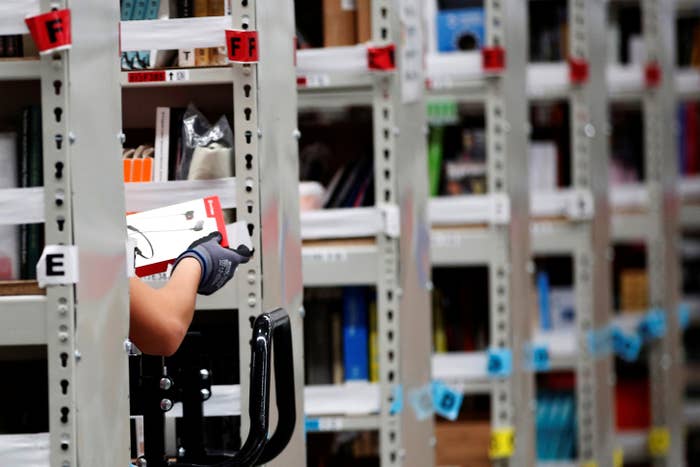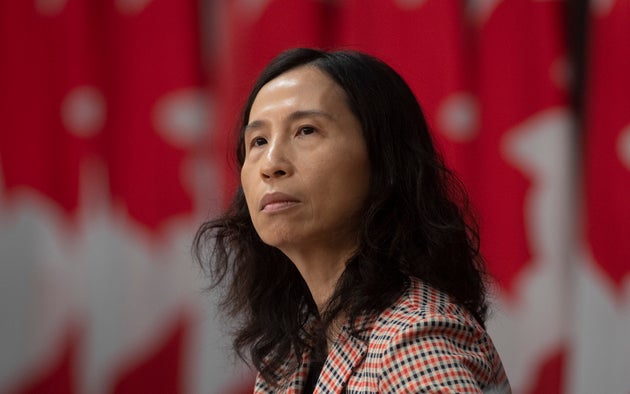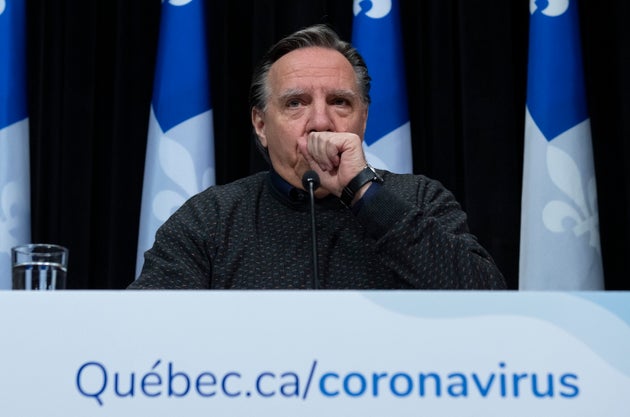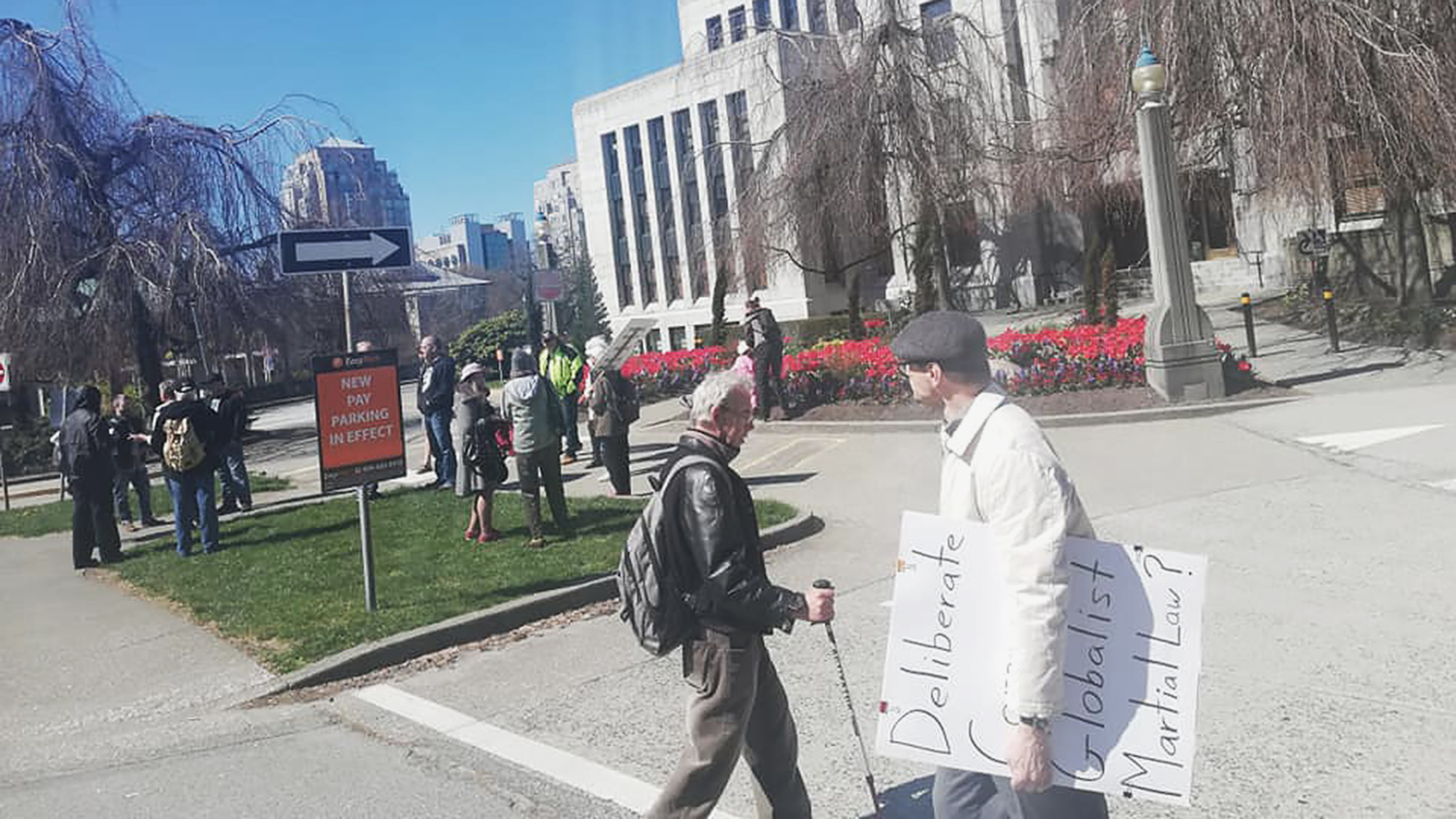Scientists Have Reported The First Case Of The Coronavirus Spreading From A Dead Body
“We need to take care of the people who take care of the dead,” one pathologist said.
With nearly 1.9 million novel coronavirus cases reported worldwide as of Monday, Thailand has reported only 2,579 cases, although it was one of the earliest countries to report infections outside of China. The death of the forensic team member was only the second case reported among medical personnel in Thailand as of March 20, the authors added.
“Not just the medical examiners, but morgue technicians and the people in funeral homes need to take extra care,” said Angelique Corthals, a professor of pathology at CUNY's John Jay College of Criminal Justice. “It is a real concern.”
Very little is known about how long the new coronavirus can survive in dead bodies or whether corpses can be contagious to people who handle them.

NIGHT OF THE LIVING DEAD 1968
Ebola is the best-known virus that poses an infection risk from dead bodies, but guidelines from the World Health Organization also recognize a risk to workers who handle dead bodies from hepatitis, tuberculosis, and cholera.
On March 25, the head of Thailand’s Department of Medical Services had announced the bodies of coronavirus victims were not contagious amid reports of temples refusing to perform funeral services. However, some morgue workers worldwide have raised concerns as hastily built facilities have been erected to handle excessive deaths.
“Anyone coming into contact with a COVID19 positive body, alive or dead, should be using personal protective equipment to prevent exposure,” health policy expert Summer Johnson McGee of the University of New Haven told BuzzFeed News by email. Coroners are increasingly being asked to conduct investigations into causes of death for patients who have died and were not been tested, she noted, in efforts to trace contacts with exposed family members, neighbors, and coworkers.
“Autopsies and subsequent investigations present real risks for coroners to acquire COVID-19,” she said.

NIGHT OF THE LIVING DEAD 1968
As efforts increase for temporary mass burials of victims and temporary morgues, medical personnel handling people's remains need to be included in priorities for protective equipment, said Corthals.
“We need to take care of the people who take care of the dead.”
MORE ON THIS
New Mass Graves Are Being Dug Because New York Morgues Are Overwhelmed During The Coronavirus
“We need to take care of the people who take care of the dead,” one pathologist said.
Dan Vergano BuzzFeed News ReporterPosted on April 13, 2020

Angela Weiss / Getty Images

Angela Weiss / Getty Images
Medical personnel move a deceased patient to a refrigerated truck.
Thailand is reporting the first fatal case of the novel coronavirus being transmitted from a dead patient to a medical examiner, a finding that experts say adds to safety concerns for morgue and funeral home workers amid the global pandemic.
“This is the first report on COVID-19 infection and death among medical personnel in a Forensic Medicine unit,” said a Journal of Forensic and Legal Medicine study released on Sunday.
“The disinfection procedure used in operation rooms might be applied in pathology/forensic units too,” wrote the authors, Won Sriwijitalai of the RVT Medical Center in Bangkok and Viroj Wiwanitkit of China’s Hainan Medical University. “At present, there is no data on the exact number of COVID-19 contaminated corpses since it is not a routine practice to examine for COVID-19 in dead bodies in Thailand.”

Thailand is reporting the first fatal case of the novel coronavirus being transmitted from a dead patient to a medical examiner, a finding that experts say adds to safety concerns for morgue and funeral home workers amid the global pandemic.
“This is the first report on COVID-19 infection and death among medical personnel in a Forensic Medicine unit,” said a Journal of Forensic and Legal Medicine study released on Sunday.
“The disinfection procedure used in operation rooms might be applied in pathology/forensic units too,” wrote the authors, Won Sriwijitalai of the RVT Medical Center in Bangkok and Viroj Wiwanitkit of China’s Hainan Medical University. “At present, there is no data on the exact number of COVID-19 contaminated corpses since it is not a routine practice to examine for COVID-19 in dead bodies in Thailand.”

NIGHT OF THE LIVING DEAD 1968
With nearly 1.9 million novel coronavirus cases reported worldwide as of Monday, Thailand has reported only 2,579 cases, although it was one of the earliest countries to report infections outside of China. The death of the forensic team member was only the second case reported among medical personnel in Thailand as of March 20, the authors added.
“Not just the medical examiners, but morgue technicians and the people in funeral homes need to take extra care,” said Angelique Corthals, a professor of pathology at CUNY's John Jay College of Criminal Justice. “It is a real concern.”
Very little is known about how long the new coronavirus can survive in dead bodies or whether corpses can be contagious to people who handle them.

NIGHT OF THE LIVING DEAD 1968
Ebola is the best-known virus that poses an infection risk from dead bodies, but guidelines from the World Health Organization also recognize a risk to workers who handle dead bodies from hepatitis, tuberculosis, and cholera.
On March 25, the head of Thailand’s Department of Medical Services had announced the bodies of coronavirus victims were not contagious amid reports of temples refusing to perform funeral services. However, some morgue workers worldwide have raised concerns as hastily built facilities have been erected to handle excessive deaths.
“Anyone coming into contact with a COVID19 positive body, alive or dead, should be using personal protective equipment to prevent exposure,” health policy expert Summer Johnson McGee of the University of New Haven told BuzzFeed News by email. Coroners are increasingly being asked to conduct investigations into causes of death for patients who have died and were not been tested, she noted, in efforts to trace contacts with exposed family members, neighbors, and coworkers.
“Autopsies and subsequent investigations present real risks for coroners to acquire COVID-19,” she said.

NIGHT OF THE LIVING DEAD 1968
As efforts increase for temporary mass burials of victims and temporary morgues, medical personnel handling people's remains need to be included in priorities for protective equipment, said Corthals.
“We need to take care of the people who take care of the dead.”
New Mass Graves Are Being Dug Because New York Morgues Are Overwhelmed During The Coronavirus
Otillia Steadman · April 10, 2020
Bodies Are Being Left To Rot At Home In This City As The Coronavirus Spreads
Bodies Are Being Left To Rot At Home In This City As The Coronavirus Spreads
Karla Zabludovsky · April 2, 2020
A Nurse Shared A Harrowing Photo Of COVID-19 Victims To Show How Horrifying The Outbreak Is
A Nurse Shared A Harrowing Photo Of COVID-19 Victims To Show How Horrifying The Outbreak Is
Miriam Elder · March 29, 2020

Dan Vergano is a science reporter for BuzzFeed News and is based in Washington, DC.

Dan Vergano is a science reporter for BuzzFeed News and is based in Washington, DC.











